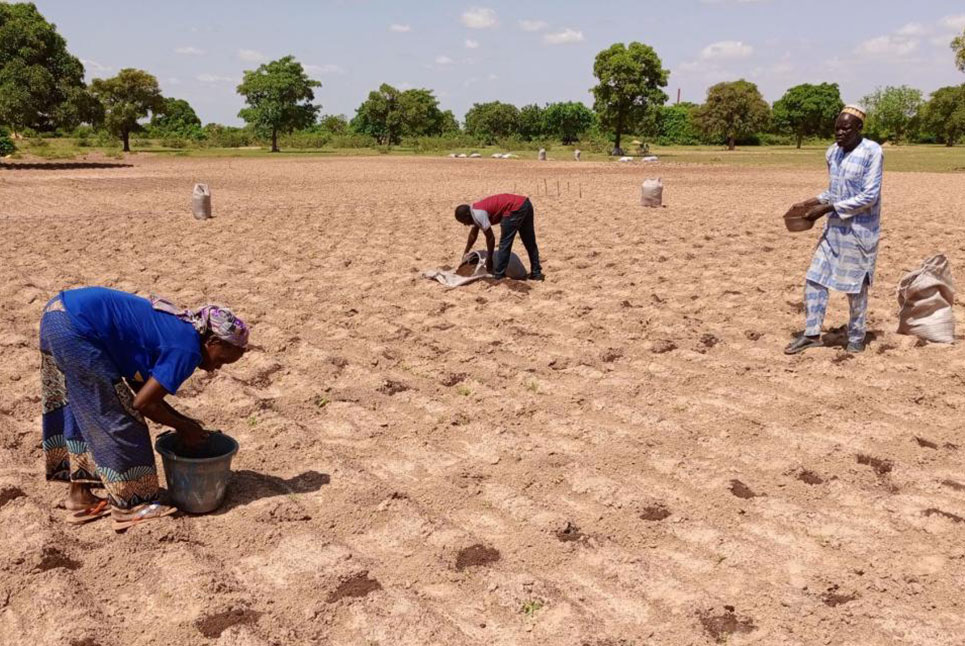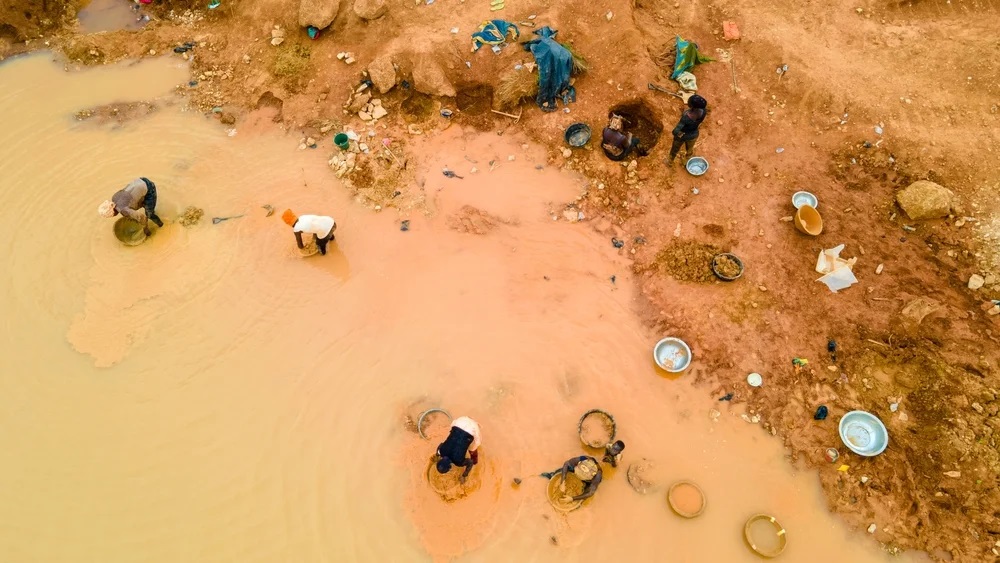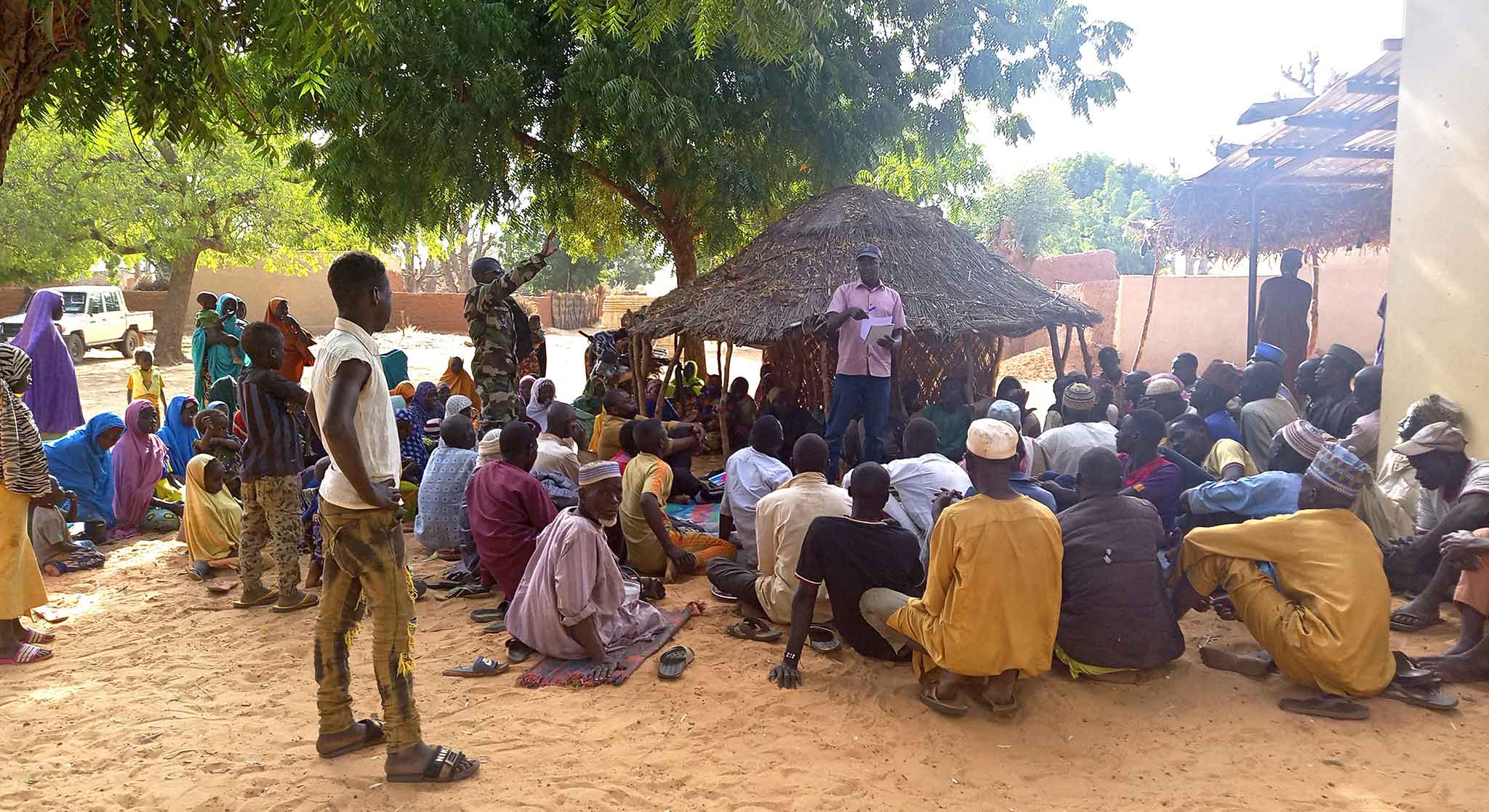Originally published by Jacob Ramthun, SERVIR Science Coordination Office
When irrigation isn’t available, it’s important to know when to expect rain. But with changes to our climate, farmers in West Africa can no longer count on a predictable ‘dry’ or ‘wet’ season.
“Right now, we are facing high inter-annual variability–we can have a lot of rainfall and very low rainfall in our rainy seasons,” said Dr. Abdou Ali, Senior Hydrometeorology Specialist based in Niamey, Niger. Ali is the head of the Information and Research Department at AGRHYMET, an agriculture and hydrometeorology research center partnering with SERVIR West Africa. “More than 80 percent of crops are rainfed [rather than irrigated] in this area, so they are very sensitive to climate variability.”
To support climate-resilient agriculture, SERVIR West Africa works with AGRHYMET to improve access to reliable weather and crop forecasts. Dr. Shrad Shukla, a SERVIR Applied Sciences Team member and a hydrologist for the Climate Hazards Center at the University of California, Santa Barbara, supported SERVIR West Africa and AGRHYMET to develop more reliable and timely forecasts for West Africa. These sub-seasonal forecasts are bridging the gap that existed between medium-range weather forecasts (<10 days) provided by national meteorological agencies and seasonal predictions (>1 month) disseminated by AGRHYMET.
Sharing Information in Time for Action
A major challenge of this effort is giving farmers enough advance warning to adequately prepare for events like floods or drought. If dangerous conditions are approaching, a forecast of just a few days may not be enough time for farmers to fully prepare their crops and livestock.
However, it is difficult to reliably forecast weather more than a few days in advance, let alone weeks. Despite these challenges, Shukla and the collaborating team prioritized work on seasonal and sub-seasonal forecast data, helping communities forecast farther in advance.
“Sub-seasonal forecasting–for 30 to 45 days [in advance]–is a newer, emerging field, so that’s one of the reasons why it’s not widely used in West Africa and other regions so far,” Shukla commented. “These forecasts are produced by global climate models that are only available at a very coarse resolution … too coarse for several types of decision-making.”
In other words, most weather and climate satellites are built for global issues, so the level of detail is too zoomed out to be useful at a local scale. Scientists like Shukla and Ali have to take that data and narrow it down enough to be useful for decision making by individual communities. Though the forecasts still cover wide areas, they can be used to complement local measurements like community rain gauges.
Getting more localized information farther in advance is critical for giving farmers enough time to strategize for the upcoming season, such as by switching to crops that are better suited for a wetter or drier growing season.
Reaching Farmers
Shukla and the team collaborated with PlantVillage with the support of USAID Feed the Future Innovation Lab for Current and Emerging Threats to Crops (CETCIL) to distribute their forecasts to communities in Burkina Faso by television and radio. PlantVillage is an international collaboration of Pennsylvania State University and agricultural advisory programs across Africa that promotes climate resilience by making crop data more readily available to farming communities. The program shares forecasts through local TV and radio to better reach farmers.
PlantVillage estimates that these forecasts have been distributed to 7 million television viewers and 5 million radio listeners in Burkina Faso in 2022. According to AGRHYMET meteorologist Seydou Tinni, Burkina Faso’s National Meteorological Service has also taken up these forecasts as part of targeted pilot efforts to boost resilience in farming communities through traveling seminars and WhatsApp groups.
Expanding Access to Forecasting
The team’s forecasts have found success beyond West Africa too. PlantVillage estimates that these agricultural forecasts are reaching over 8 million people in Kenya, where the novel 30-day forecasts are helping agricultural advisory programs to more proactively support small-scale cassava farmers. According to Shukla, the team also plans to work with PlantVillage to start similar efforts in other countries, like Zambia.
Moving forward, Shukla and the team hope to make the forecasts more detailed and useful for farmers. This includes providing additional information like forecasts of length of dry spells and improved temperature forecasts.
Header image: Farmers in Burkina Faso prepare a field for dry conditions. (Image: Romaric Nebnoma Tiendrébéogo / PlantVillage Burkina Faso)
View the original publication here.




